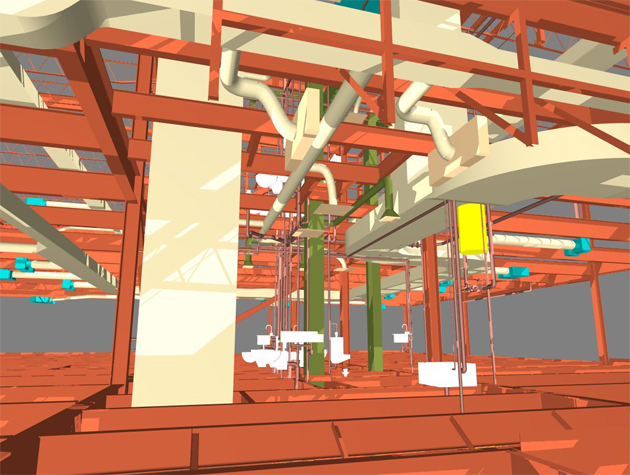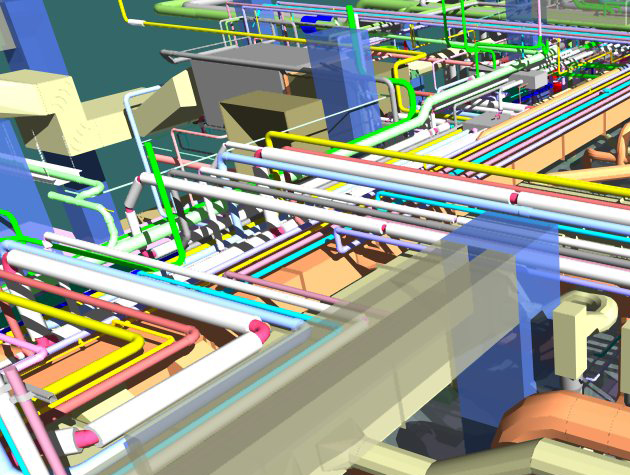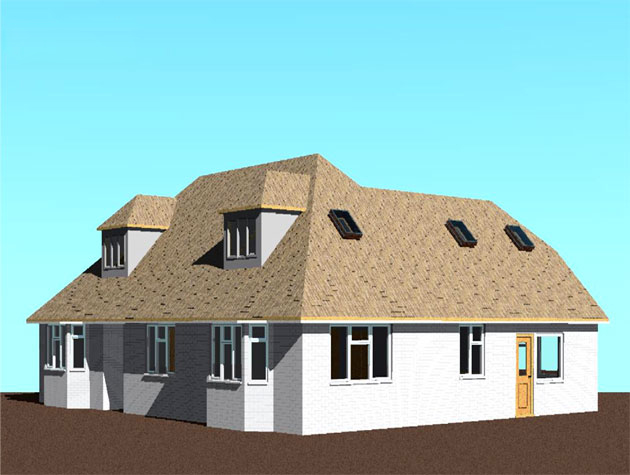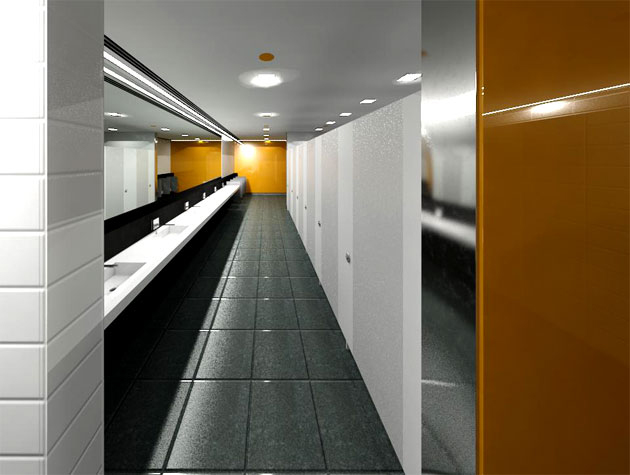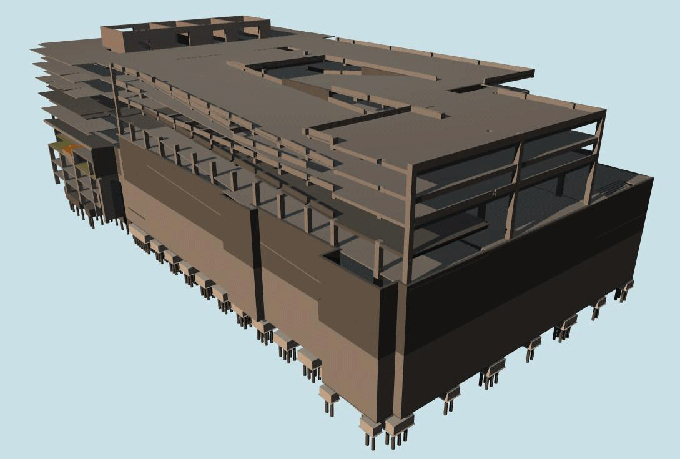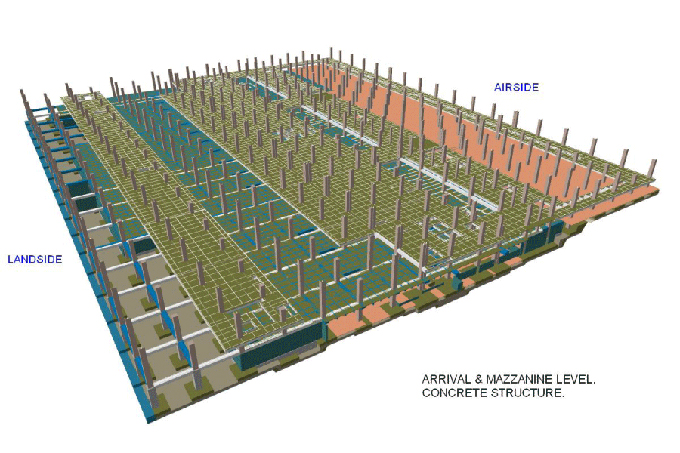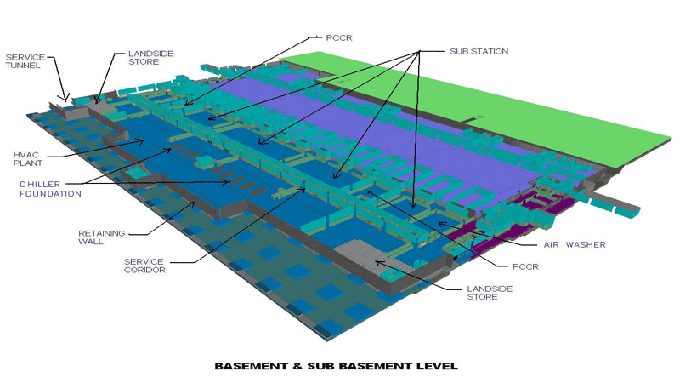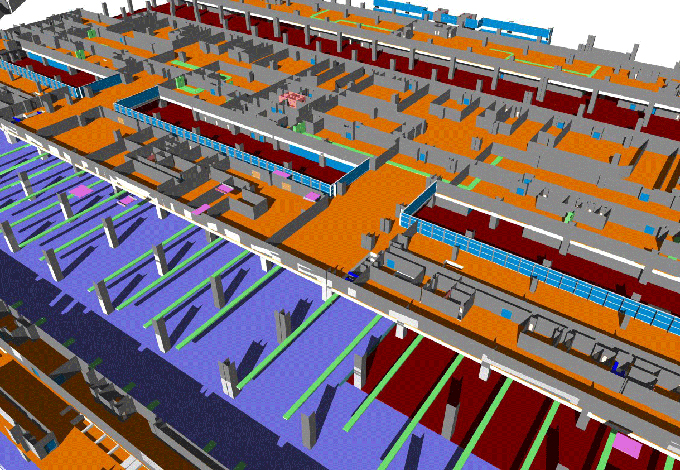The Role of Revit BIM Modeling in the Construction Industry
Tweet
Revit software is a powerful Building Information Modeling (BIM) tool which helps to allow the users to create 3D models of buildings or other construction structures. This powerful software program plays a significant role in improving the construction and design processes. Revit acts as a transformative tool for the architecture, engineering and construction (AEC) industries. The real-time collaboration has been promoted by Revit software which enables the project team members to be more involved in the project and get efficient design and construction processes.
Key features of Revit 2024

Dark Theme
This feature helps to address the absence of a dark theme in the Revit software and helps to bring a fresh visual experience for the users. The interface of the Revit software becomes more comfortable for the users in the darker environment.

Toposolids
Toposolids have been introduced by Revit 2024 which helps to leverage all the capabilities of system families including Walls, Roofs, Floors, Ceilings, and other elements thus increasing the power and versatility of topography.

Textures Visual Style
Users can also access the fresh visual styles known as textures in Revit 2024. Texture helps to offer a unique middle ground and provide a more nuanced visual experience.
My Insights in Revit Home
My insights include several icons which aim to assist the software in tailoring the cards displayed by the users and also help to give positive or negative feedback.
Search in Project Browser
This is another useful feature of Revit 2024 which acts as a search bar and helps users to find stuff in their project within a few time.

Benefits of using Revit software
Revit software is the most valuable tool for architects and civil engineers as it helps to add numerous benefits to the AEC industry.
The architectural industry getting benefits from Revit
Improved collaboration
Stakeholders are enabled to work on the same projects by the Revit software. This collaborative environment helps to reduce the data mismatch risks.
Improved visualization
Revit helps to provide photorealistic renders from the design models which allows the architects to visualize the final outcome of the project accurately before starting the construction procedures.
Increase accuracy
Revit helps to get more precise geometric calculations which helps to avoid errors in the designs and enhance the overall integrity of the designs.
Analysing sustainability
The built-in tools of Revit software help to design more sustainable and energy-efficient buildings. This can be done by allowing the architects to optimize the environmental footprint of the building designs during the planning phase of those designs.
Integrating design process
A comprehensive design process has been enabled by Revit architecture which helps to get more unified and accurate outcomes of the project.
Benefits of using Revit software in civil engineering
Managing resources efficiently
Effective resource management has been also done by Revit software which enables the users to estimate the materials more precisely and track those materials throughout the lifecycle of the construction project. This resource management also helps in the effective budgeting and scheduling of the project.
Accurate analysis of geometric Information
More precise geometric data has been given by Revit models which helps to ensure that all the design aspects are detailed and verifiable.
Dynamic documentation
The dynamic approach to documentation by the Revit software helps to reduce the chance of errors, save the time of the users and ensure the access of the updated project information by the stakeholders.
Revit rendering
Highly realistic visualizations for the projects can be achieved by Rebvit software which is used for multiple purposes including approval of the stakeholders, analysing the design components and others before the start of the actual construction procedures.
Uses of Revit software in the construction industry
3D Modeling
Revit software helps to provide 3D models of the construction structures which can be viewed with specific dimensions by the user. Users can also view joint types, types of connectors and other features through these 3D views. These 3D visualizations of the construction structures help improve the workflow of the users as well as improve the coordination among the users.
Mass Modeling
Architects can discover overall massing from the area, weight, height, volume and orientation of the buildings. This mass modelling of the construction structure is helpful for non-linear buildings.
Detection of clashes
In the case of having multiple designs by multiple team members, this feature helps to recognize clashes such as the wrong place of slabs and steels or any kind of overlapping spots.
To get online demonstration, watch the following video tutorial.
Video Source: Balkan Architect
Parametric Components
This helps to provide various sets of guidelines which has been followed by the systems. Through this feature, the trusses and beams can be automatically adjusted in case of changing the flooring of a construction structure.
Premade Construction Models
Custom modelling has been also allowed by Revit software. There are some premade BIM models and templates available in Revit software which can be used by users to make their construction designs. Users can browse standard types of steel connections and can attach their preferred connections to the beam. This helps to speed up the modelling procedure and thus ensure the achievement of effective designs.
Fabrication Recommendations
Autodesk Revit helps to allow the users to click on the system and access the list of fabrication parts. This list makes the quick and easy ordering of the materials as per the requirements of the users.

Gallery
Feel free to contact us for BIM requirements. One of our representative will respond you within 24 Hours. Send us your projects requirement today and grow your project.
Explore More !
